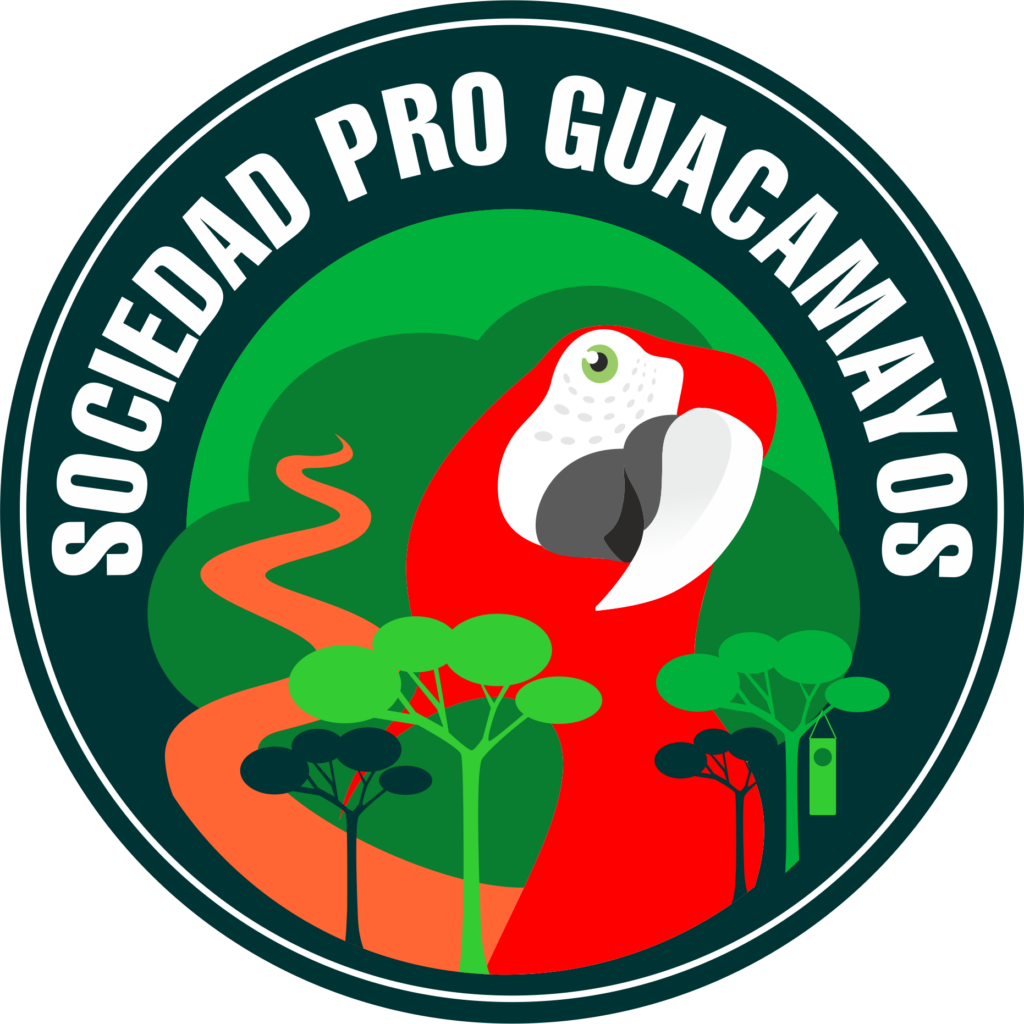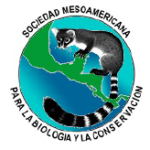We study the various aspects of the ecology of large macaws and parrots to help us better understand the interactions among clay lick use, food supply, breeding season, breeding success, abundance, and movements.
Mission
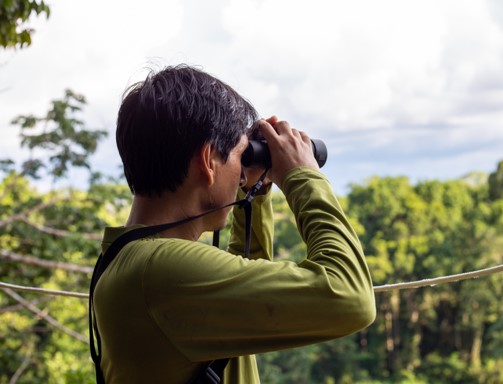
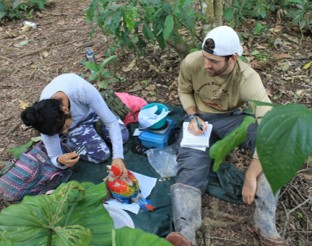
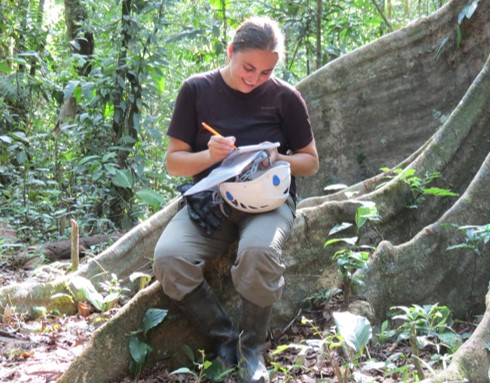
Our mission as The Macaw Society is to collect scientific information that produces clear documentation of the natural history, ecology, and conservation of parrots and macaws in the Neotropics and make it available to scientists, researchers, and the public.
Vision

Our vision as The Macaw Society is to efficiently use our findings to direct conservation of parrots and macaws in Peru and other areas where psittacine are declining and at risk of extinction as well as to establish new research and conservation alliances in the Neotropics and beyond.
Objetives
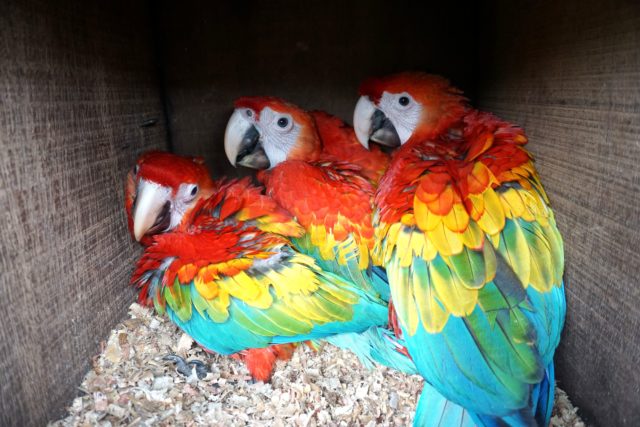
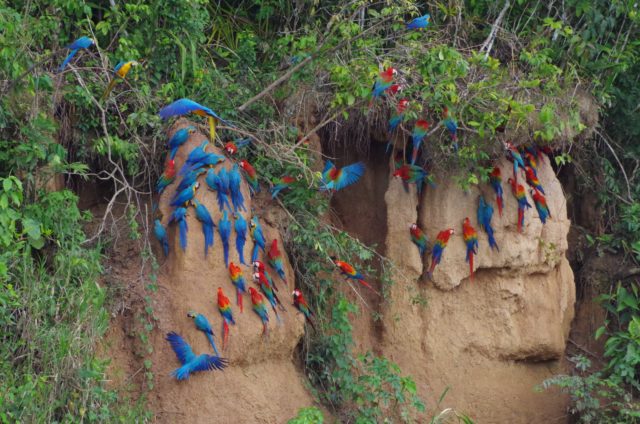
Develop and test management techniques for use by parrot projects globally
We have vast experience working in a variety of aspects to help wild populations of parrots and macaws recover. We have been successfully working with nest boxes for wild macaws and implementing foster parents’ techniques. We have also proposed and implemented habitat management techniques to help preserve important wildlife areas such as clay licks and palm swamps.
Publish studies on parrot ecology and conservation science
As of October 2021, we have around 65 peer-reviewed scientific articles published about psittacines, 39 of them including data collecting from Tambopata, four including data from Costa Rica, one with data from Mexico, and one with data from Guatemala. This is considering only publications with Dr. Don Brightsmith as one of the authors. Many of our publications include citizen science data.
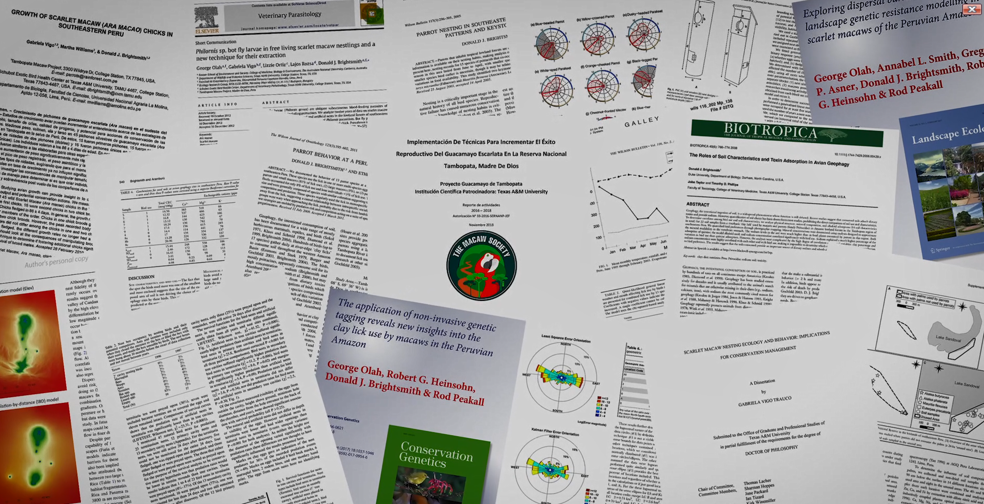
The Macaw Society is one of the most productive parrot projects in the Americas
Training new generations of conservation scientists
We work closely with young Peruvian and foreign assistants to help them gain the skills they need for conducting research. Students interested in conducting their own independent studies as parts of independent study classes, or theses at the undergraduate, master, or doctoral levels are encouraged to apply to study one of the many aspects of macaw and parrot biology at our research sites in Peru (Tambopata) and Costa Rica (Pacific Central Coast).
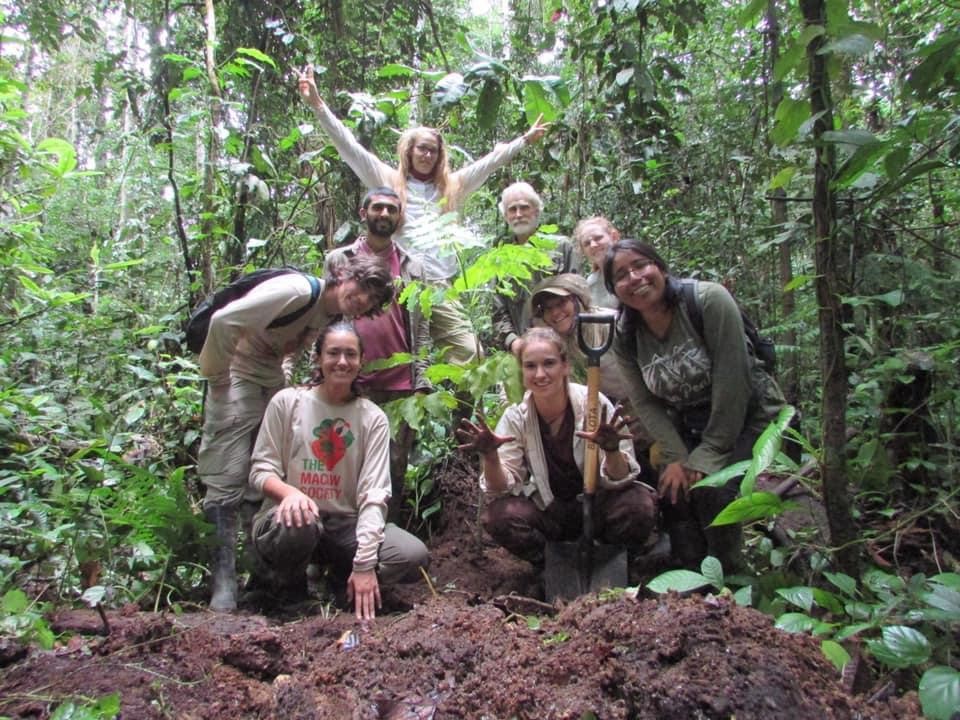
Specific Research Objectives
- Determine if food abundance or clay lick use is more closely tied to nest occupancy and nesting success.
- Determine if clay lick use is correlated with parrot abundance.
- Determine how large macaw nest success varies with relation to food supply and climate.
- Document the nutritional content of parrot foods in the forest to better understand the role of clay lick in the diet of macaws and parrots.
- Determine the health status of adult and young parrots to use this information to help manage parrots in captivity (in conjunction with Drs. Hoppes from the Department of Small Animal Clinical Sciences at the Texas A&M VMBS).

